Have you ever wondered, “What’s the difference between a temple and a shrine in Japan?” You’re not alone. Many people find themselves confused when visiting these traditional sites because of their similar appearance and tranquil atmospheres.
In short, temples and shrines differ significantly in terms of religion, purpose, architecture, and even the way people pray. This article explores seven surprising differences between temples and shrines, helping you understand what makes each of them unique. From their religious background to the deities they honor, from structural features to cultural practices, you’ll gain insights that deepen your understanding of Japanese culture.
Knowing these distinctions will enhance your next visit, whether you’re sightseeing or seeking a spiritual experience. Read on to clearly understand the true differences between a Japanese temple and a shrine.
What Are the Fundamental Differences Between Temples and Shrines?
Religious Background: Buddhism vs Shinto
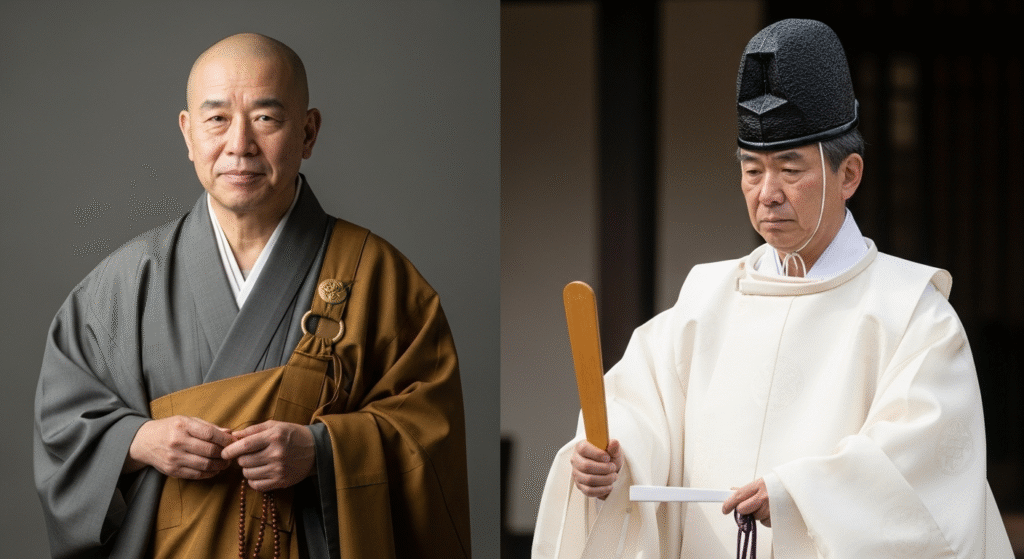
Temples are associated with Buddhism, which originated in India and was introduced to Japan via China and Korea. Shrines, on the other hand, belong to Japan’s indigenous religion, Shinto. This religious foundation explains many of the differences in practices and beliefs between the two.
Who Is Worshipped: Buddhas vs Kami
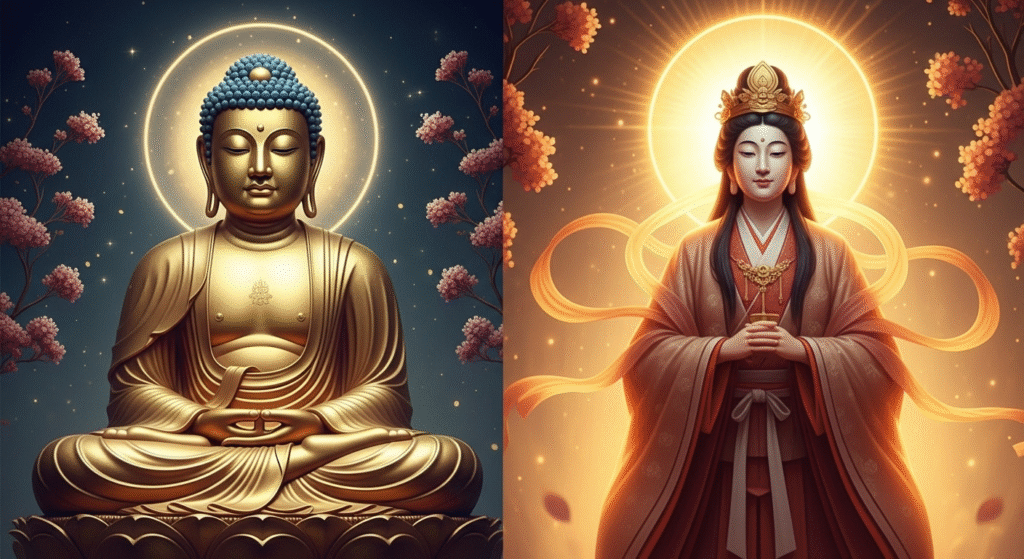
Temples enshrine Buddhas such as Nyorai or Bodhisattvas, represented by statues placed in the main hall. Shrines, meanwhile, worship kami—spiritual beings or gods—often symbolized through sacred objects like mirrors, swords, or jewels. The focus of worship is a key distinction.
Architectural Differences: Main Hall vs Worship Hall and Torii Gate
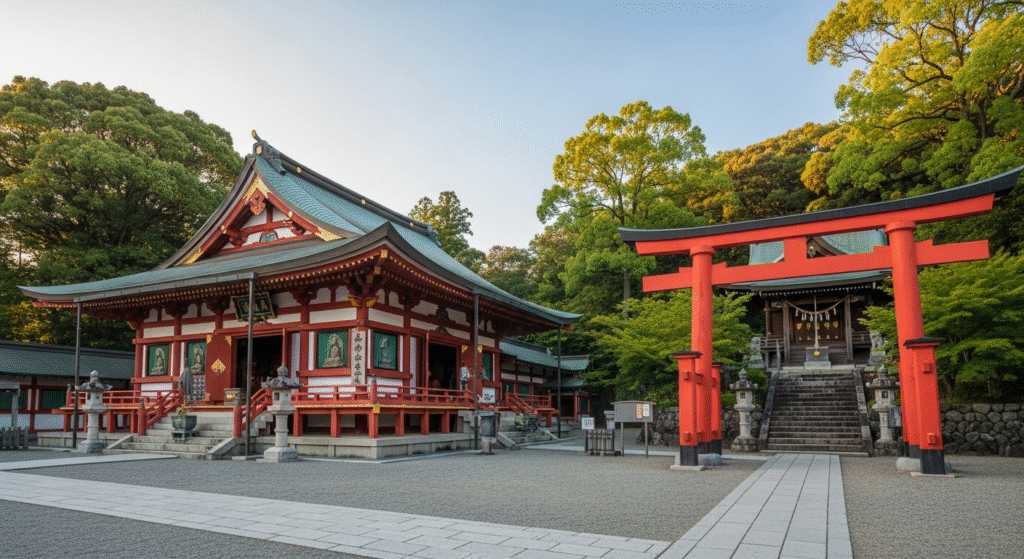
Temples often include a main hall (hondō), pagodas, and bell towers, creating a serene and reflective atmosphere. Shrines are marked by torii gates, worship halls (haiden), and sacred pathways, usually surrounded by nature. These features make the visual and spiritual experience distinctly different.
7 Surprising Differences Between Temples and Shrines
1. Prayer Etiquette and Rituals
At temples, worshippers place their hands together and silently offer prayers. At shrines, the standard practice is to bow twice, clap twice, and bow once more. Following the correct ritual is essential to show respect and avoid misunderstanding.
2. Building Names and Layouts
Temples include buildings like hondō (main hall), kuri (monk quarters), and sanmon (main gate). Shrines have haiden (worship hall), honden (main sanctuary), and torii (gate). These names and their functions highlight the architectural and spiritual differences.
3. Priests vs Monks
Temples are staffed by Buddhist monks or priests, who conduct sutra chanting and memorial services. Shrines are led by Shinto priests, called kannushi, who perform purification rituals and offer norito (prayers). Their roles, dress, and responsibilities differ significantly.
4. Omamori and Ofuda (Charms and Talismans)
Both places offer spiritual charms, but the content and intention differ. Temple charms often focus on things like health and enlightenment, while shrine charms might emphasize traffic safety or business prosperity. The spiritual focus reflects each religion’s beliefs.
5. Vocabulary Differences: “Haikan” vs “Sanpai”
Temples are usually “visited” using the term haikan (観覧/拝観), implying observation and respect for Buddha. Shrines use sanpai (参拝), which directly means “to worship” and shows reverence to kami. Even the language reflects religious nuances.
6. Annual Events and Festivals
Temples typically host events such as Obon or memorial services related to ancestor worship. Shrines are known for seasonal festivals (matsuri), which are often lively, involving music, dance, and food stalls. The tone and purpose of these events reflect the religious character of each.
7. Do Temples or Shrines Have Graves?
Graveyards are typically located at temples, as Buddhism includes memorial and afterlife services. Shrines rarely have graves, since Shinto regards death as impure. This difference reflects each religion’s view of life and death.
How to Avoid Confusion When Visiting
Look for Signage and Symbols
Names like “〇〇-ji” (temple) or “〇〇-jinja” (shrine) offer clues. Also, torii gates, Buddha statues, or the absence of certain features can help distinguish one from the other. Reading maps or signs at the entrance often clears up confusion.
Proper Dress and Behavior
Both places require respectful behavior and modest clothing, but shrines often carry a stricter sense of sacred space. Being aware of the etiquette ensures a smooth, respectful visit.
Be Aware of Mixed Sites
Some locations have both a temple and a shrine side-by-side, a legacy of the old Shinbutsu-shūgō (Buddhist-Shinto syncretism) system. Know where you are and adjust your behavior and prayer accordingly.
Why Understanding the Difference Matters
Deepens Your Cultural Understanding
Learning the distinctions between temples and shrines helps you better understand Japan’s complex spiritual traditions, historical transitions, and cultural values. Your appreciation of architecture, rituals, and local customs will grow as a result.
Improves the Quality of Your Visit
Knowing how to act and what to expect allows you to be more respectful and intentional in your prayers or sightseeing. You’ll also avoid common faux pas and gain more meaning from your experience.
Conclusion: Know the Difference and Visit Respectfully
Review of the 7 Differences
From religious roots to rituals, from architecture to vocabulary, temples and shrines differ in clear and meaningful ways. These seven key differences provide a useful framework for understanding both.
Make the Most of Future Visits
Next time you visit a sacred site in Japan, you’ll be equipped with knowledge that enriches your visit. Whether you’re praying, observing, or just admiring the view, you’ll experience each place with clarity and respect.
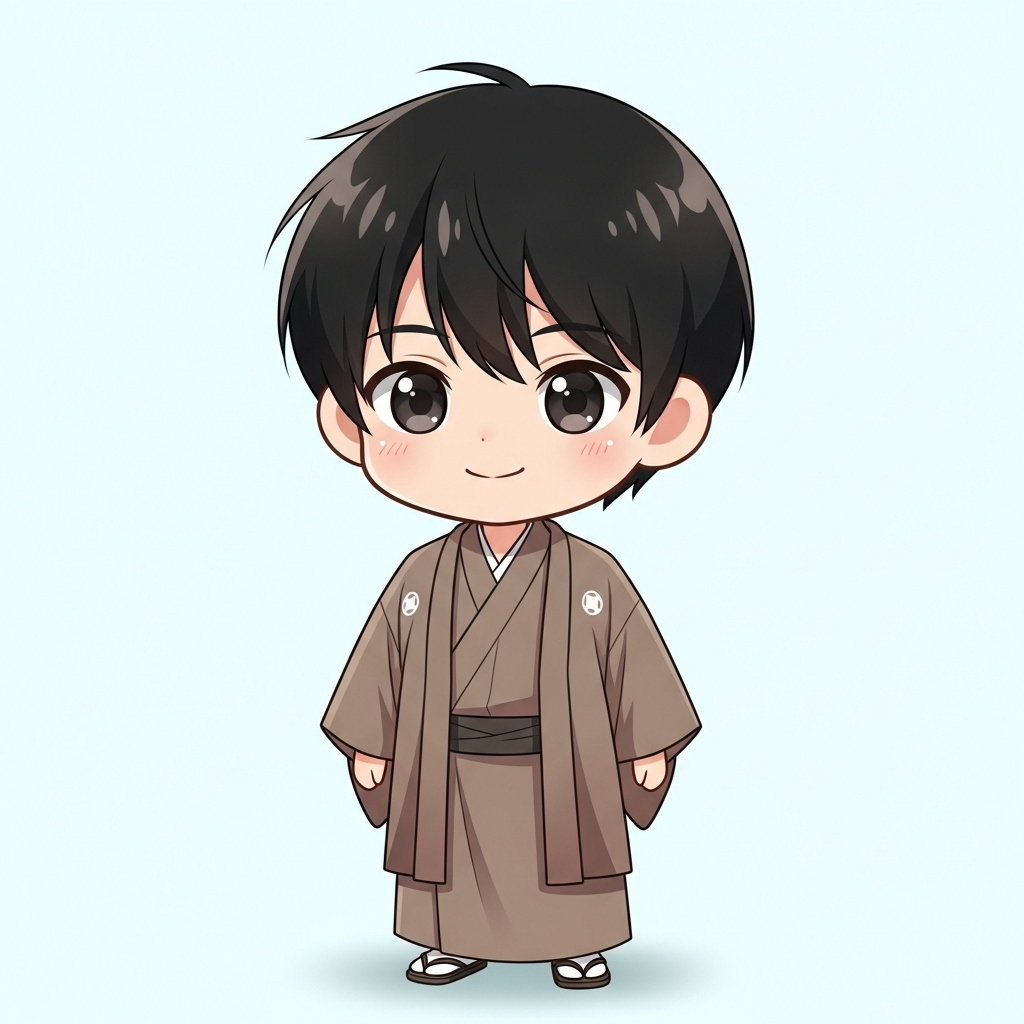
This website mainly focuses on temples.


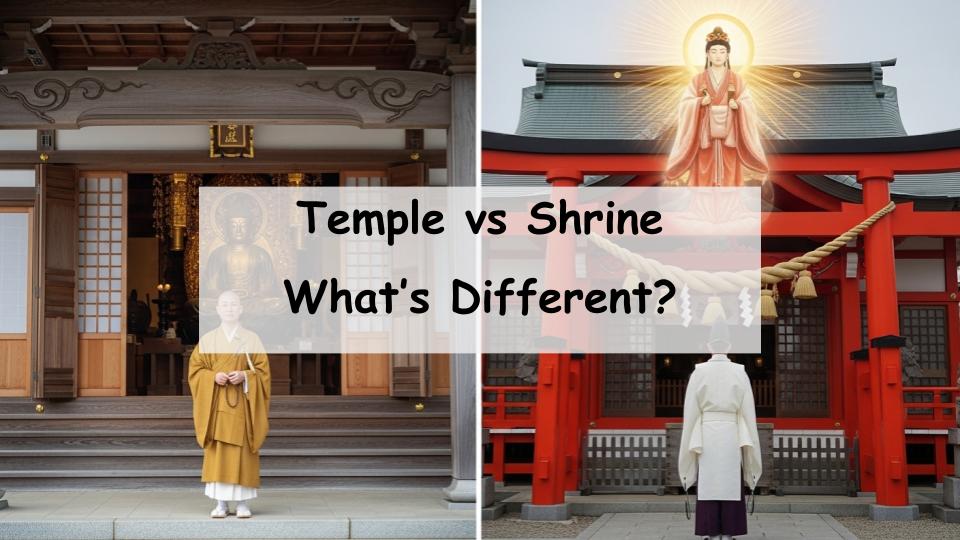



Comment